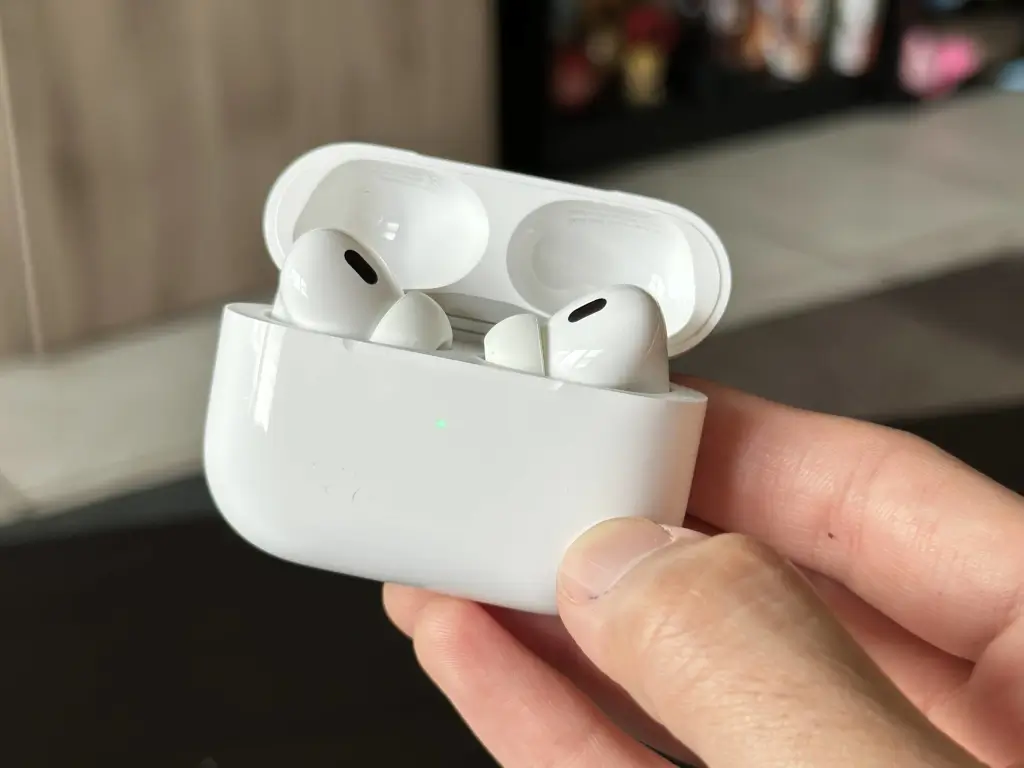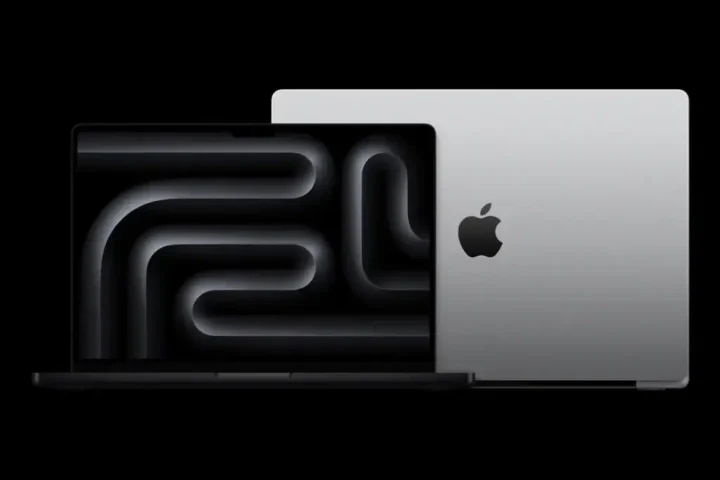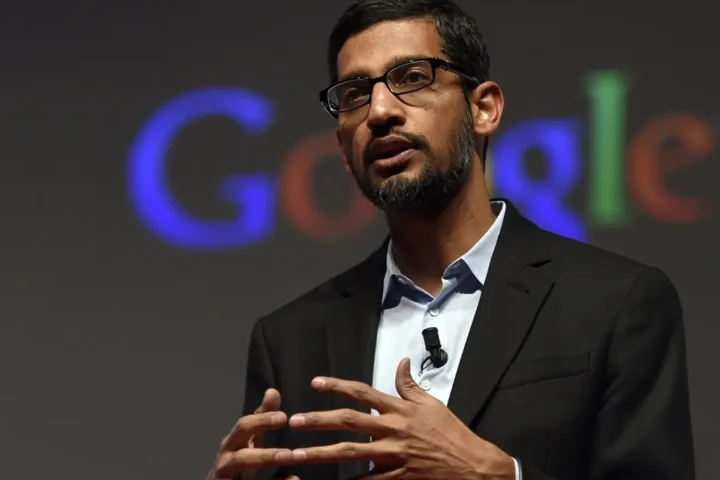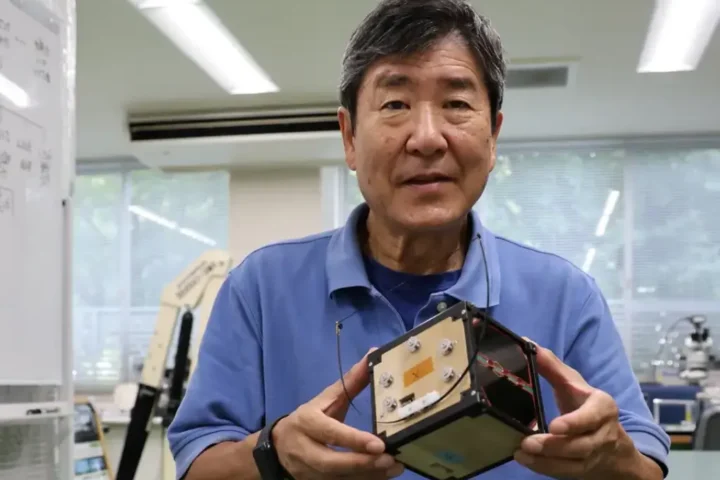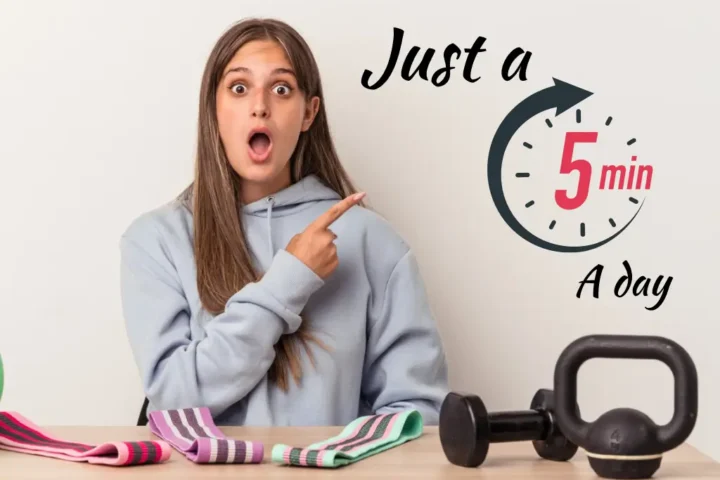Table of Contents
When Apple’s November software update introduced a hearing aid function for its AirPods Pro 2, it seemed like a promising tool for people with hearing challenges. Rithwik Jayasimha in Bangalore was among those excited by the news and immediately went out with his father to buy a pair for his grandmother. But after they unboxed the AirPods and searched for the hearing aid feature, they were met with disappointment it wasn’t available in India. Apple had restricted the feature in certain countries, including India, likely due to regulatory hurdles related to medical devices.
Instead of abandoning the device, Jayasimha and two friends, Arnav Bansal and Rithvik Vibhu, set out to hack a solution that would enable the hearing aid function. Both friends also have grandmothers who use traditional hearing aids and were familiar with the drawbacks, from tiny buttons to uncomfortable designs. United by the desire to help their loved ones, the three friends, who have a mix of software and hardware expertise, decided to find a way to bypass Apple’s geolocation restrictions.
Clever Solution: The Makeshift Faraday Cage
The trio’s approach was inventive. They started by examining the ways iOS determines a device’s location. They initially attempted changing the time zone, and region settings and even used a proxy server to spoof the iPad’s IP address to a U.S. location. However, they found that Apple’s system relies on multiple data points to detect the actual location, including Wi-Fi network names, nearby device identifiers, and GPS triangulation.
To effectively block these signals, the friends came up with the idea of a Faraday cage a structure that prevents electromagnetic signals from passing through. They lined a cardboard box with layers of aluminum foil and placed it on top of a microwave to strengthen the wifi signal-blocking effect, leveraging the fact that microwaves operate on the same frequency range as Wi-Fi (2.4 GHz). This combination essentially turned the setup into a Wi-Fi jammer, blocking external signals and isolating the iPad inside.
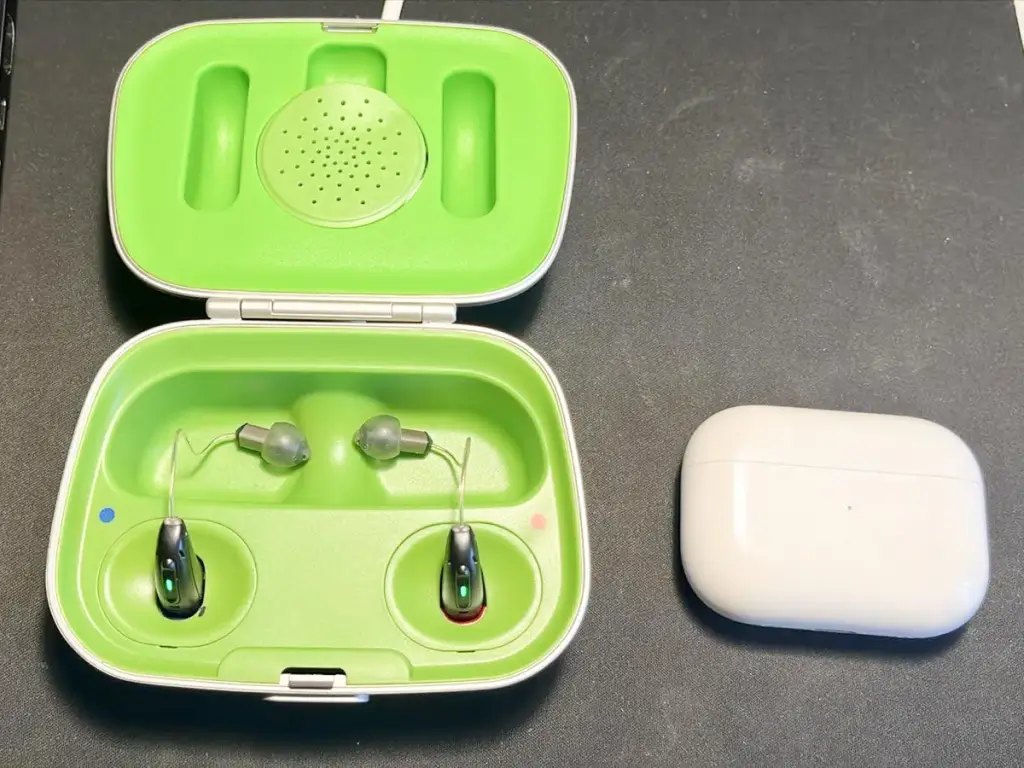
“It wasn’t perfect, but with the microwave and some layers of aluminum, we managed to make it work,” Bansal explained. Once the iPad was effectively “cut off” from surrounding signals, they used an open-source Wi-Fi location database to make the iPad think it was in California. The moment it registered as being in a supported region, the AirPods’ hearing aid feature became available.
People Also Read This:
Japan’s First Wooden Satellite Takes Flight as Timber Looks to the Stars
Takao Doi, former astronaut and professor at Kyoto University, holds a model of LignoSat, the world’s first wooden satellite, in his laboratory in Kyoto, Japan.
Changing Lives with AirPods
Once the feature was activated, Jayasimha’s grandmother was able to replace her bulky hearing aids with the lightweight AirPods Pro 2. “She’s much more comfortable with these,” says Bansal, whose own grandmother now also uses the hacked AirPods. Previously, she had struggled with the small, hard-to-manage buttons on her older hearing aids. Now, with the AirPods, she can adjust sound levels seamlessly while watching TV, and the modern design doesn’t make her feel self-conscious.
Since sharing their hack on social media through their tech collective, Lagrange Point, the trio has been flooded with inquiries from people across India hoping to do the same for their loved ones. “We’ve received messages from dozens of families who have AirPods but couldn’t access the hearing aid feature here,” says Jayasimha. Although the solution is somewhat DIY, the friends plan to refine the process and help others use it.
Why Apple’s Hearing Aid Features Are Restricted
Apple’s hearing aid feature, which leverages advanced noise-canceling and amplification capabilities, is accessible in over 100 countries. However, features like these are often subject to regional restrictions because they may fall under medical device regulations in certain areas. In countries like India, Apple may need to undergo additional approval processes before releasing features classified as “assistive technologies” for medical use. These restrictions, however, can leave users in blocked regions with fewer options.
Cybersecurity experts, such as Professor Alan Woodward from the University of Surrey, note that while Apple’s system includes geolocation safeguards, those with technical knowledge often find ways around them. “It shows that people with the right skills can bypass digital boundaries,” Woodward explains. “While not everyone could do this, it’s likely they know someone who can.”
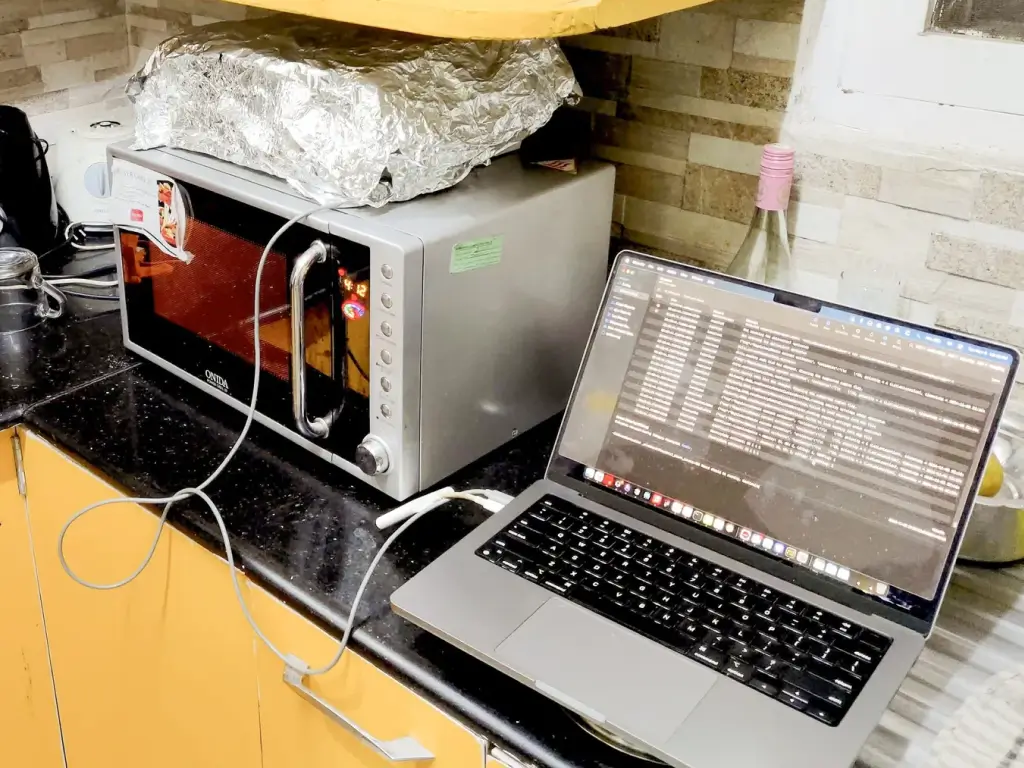
Future Plans and the Potential of Accessible Hearing Solutions
The Bangalore-based team is confident that one day Apple will release a hearing aid feature in India, but until they wait and help others in need. They have gradually stepped up to a new Faraday cage setup model that is not contained in a microwave and can be assembled at home.
Reflecting on the experience, the friends are excited about how technology can make assistive devices less clinical and more accessible. “The AirPods feel like a lifestyle product, not a medical device, and that’s important,” says Vibhu. “It’s something our grandmothers enjoy using, rather than feeling self-conscious about.”
Apple’s AirPods Pro 2 feature is part of a broader trend of tech companies creating accessible, multi-functional devices. However, like many other Big Tech products, its reach is often limited by regional regulations. In the European Union, for instance, regulatory frameworks on data privacy and medical devices have impacted the rollout of certain AI-driven technologies, and Apple has had to adapt its products to comply with strict local laws. Right-to-repair movements and an increase in “hacker” culture are also influencing how consumers interact with technology, enabling more people to find innovative ways to repurpose devices for specific needs.
For Jayasimha, Bansal, and Vibhu, the journey of hacking Apple’s geolocation has been a rewarding one, allowing them to directly enhance their grandmothers’ lives. They plan to keep improving the setup and making the AirPods hearing aid hack more accessible for others facing similar barriers. In the end, they believe this experience highlights just how transformative technology can be, especially when combined with a little ingenuity.
